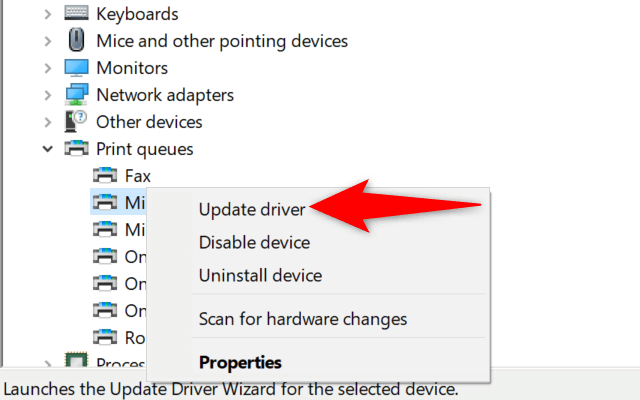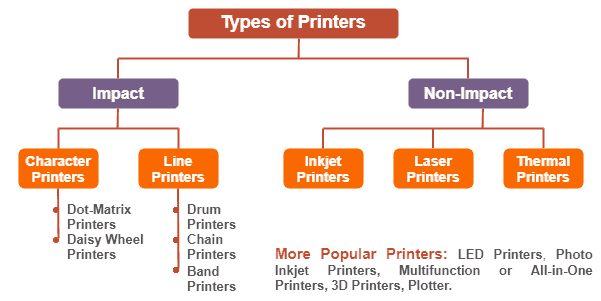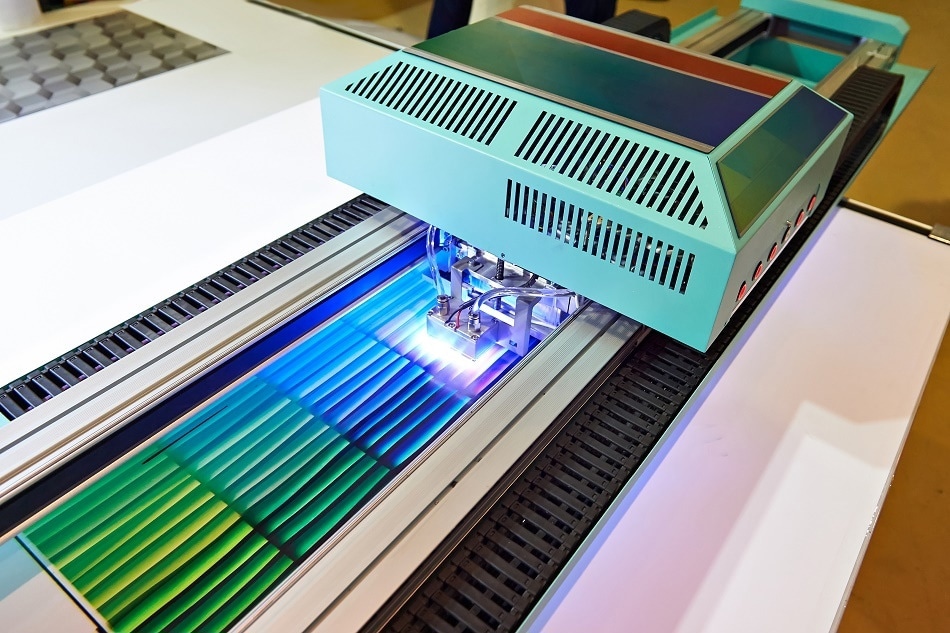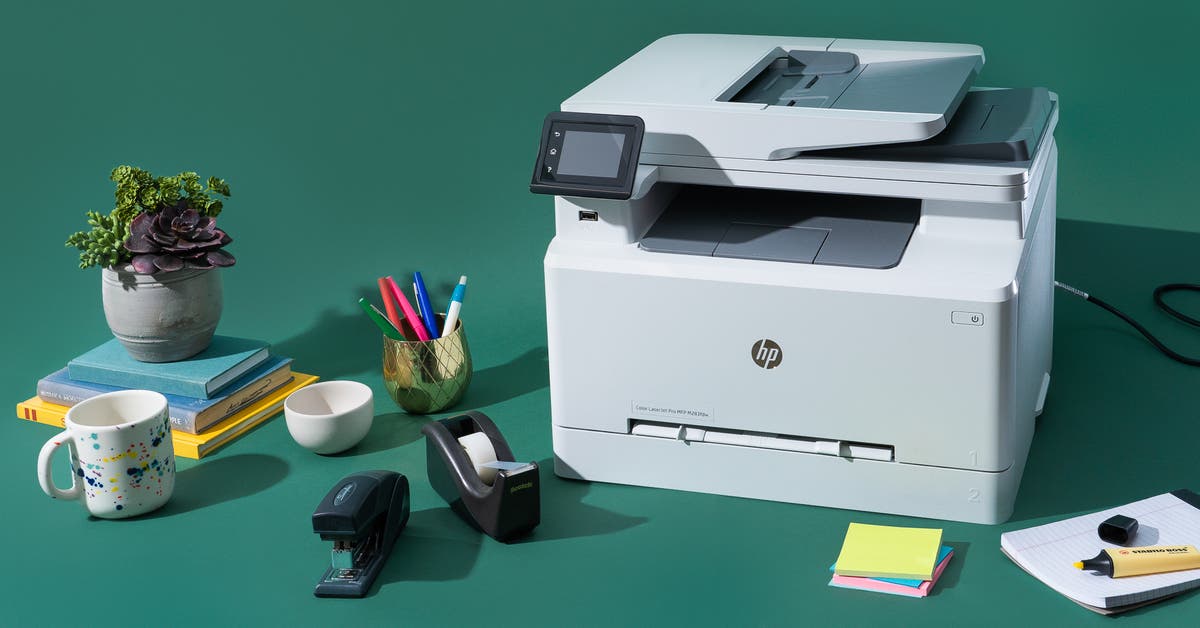Size 86 in Baby Clothes: A Comprehensive Guide for Parents
Introduction
Understanding your baby's clothing size can be a daunting task, especially given the many different sizing systems worldwide. It can be even more bewildering when you come across an unusual number like 86 in baby clothes. What does it mean? How can you tell if your baby needs size 86 clothes? This comprehensive guide aims to answer those questions and more, thus helping you navigate the world of baby clothing sizes with ease.
What Are Baby Clothing Sizes?
Navigating the various baby clothing sizes certainly comes with its own set of complexities. In general, baby clothing sizes range from the tiniest 'preemie' size, specially made for premature babies, to 24 months. Interestingly, these sizes are primarily based on a baby's height and weight instead of their age. This is because babies grow and develop at unique rates, meaning their age doesn't precisely reflect their size.
• Preemie: This size is dedicated to babies born before their due date. It’s the smallest size available.
• Newborn to 24 months: For babies in their first two years of life, sizes are determined by their weight and height increments. The sizes fall between newborn (NB) and 24 months with individual categories such as 0-3 months, 3-6 months, etc.
• Toddler Sizes: Once children surpass 24 months, clothing sizes switch to toddler settings from 2T to 5T. Here, the 'T' denotes toddler.
An important caveat to remember is that the sizing system can look different in various parts of the world. While the common category labels are used in the United States, Europe uses the child's height (in centimeters) to determine the size - hence the size 86, indicating a height of 86 centimeters. This system tends to be more accurate as it relies on specific measurements rather than age brackets which can vary greatly.
In conclusion, understanding baby clothing sizes require a bit of research, careful measurements, and continual adjustments as your baby grows.
What Does Size 86 Mean in Baby Clothes?
Size 86, commonly used in European sizing charts, is a clothing dimension that is usually categorized under baby clothes. Here's a detailed easy-to-digest breakdown of what it means and how it's typically represented:
- Height Correspondence: Size 86 primarily relates to the child's height. It indicates that the apparel would be a suitable fit for a baby who is approximately 86 centimeters tall.
- Age Band: Although baby clothing sizes are primarily guided by height and weight rather than age, size 86 is typically apt for babies within the age group of 18-24 months. However, this is only an approximation, and the age range can vary depending on individual growth and development patterns.
- Weight Equivalence: An essential factor to consider in this sizing is weight. Size 86 clothing is typically designed to fit babies who weigh between 12.4 kg and 13.6 kg.
- Brand Discrepancies: Bear in mind that size 86 can slightly differ across various brands. Therefore, always refer to a brand's specific size chart for accurate measuring.
By gaining a precise understanding of what size 86 means in baby clothing, you can shop for your little one with complete confidence. Remember, the key importance of these sizes is to ensure that the clothes fit your child comfortably while taking into consideration your baby's rapid growth phase.
How to Determine if Your Baby Needs Size 86 Clothes?
The process to determine if your child will fit into size 86 clothing involves periodic measurement of their physical growth markers and some close consideration of your child's weight. The process essentially involves the following steps:
1. Measuring Your Baby's Height: The initial step requires you to measure your baby's height. This is done from head to toe. If your baby stands approximately 86 centimeters tall, it's an indication they could be ready for size 86 clothing.
2. Checking Your Baby's Weight: The weight of your child is an additional factor to consider. Babies who weigh around 12.4 kg to 13.6 kg are generally apt candidates for size 86 clothes.
3. Referring to Specific Brand Size Charts: The most accurate measurements to rely on are those provided by the specific clothing brands. Each brand may have slightly different measurements, so it's imperative to consult their specific size chart.
Remember, baby growth considerably varies—some babies may be taller or have more weight than others of the same age. It's also crucial to consider that babies grow rapidly; what fits perfectly today, might not tomorrow.
In summary:
- Size 86 is designed for babies approximately 86 centimeters tall.
- It fits babies who weigh between 12.4 kg to 13.6 kg.
- Always refer to specific brand size charts for the most accurate fit.
Understanding this protocol will help ensure your little one fits comfortably in their clothes, facilitating their easy movement and overall growth.
Overcoming Common Challenges When Shopping for Size 86 Baby Clothes
Choosing size 86 clothing for your little one can be a daunting task due to the variations in size across different brands and the rapid growth of your child. Here's how you can overcome these challenges:
1. Varied Sizing Among Brands: Every brand has a unique size chart. This variance can lead to confusion and, potentially, ill-fitting clothes. The solution? Always refer to the specific size chart for the brand from which you're purchasing.
2. Rapid Growth of Your Child: Babies grow at an impressive pace, and this can be another hurdle for parents shopping for size 86 clothing. One day, the dresses fit perfectly; the next, they barely cover your child’s belly. The fix is simple – opt for clothes that are slightly larger than your baby's current size. This gives them room to grow and saves you from repeated shopping trips.
3. Ease of Putting On and Taking Off Clothes: Baby clothes should be designed with convenience in mind. Especially considering frequent diaper changes. Parents can bypass this challenge by selecting clothes with simple closures such as snaps or Velcro.
In conclusion, while shopping for size 86 baby clothes might come with its challenges, being mindful of brand-specific sizes, room for growth, and design practicality can greatly ease the process. Armed with these insights, you’ll be well-prepared to fill your baby’s wardrobe with stylish, well-fitting pieces.
Essential Tips for Parents Shopping for Size 86 Baby Clothes
In the world of parenting, shopping for baby clothes, specifically size 86 attire, can be a unique challenge. It's about finding that balance between comfort, style, and an ever-changing growth rate. To aid parents in this process, here is a comprehensive list of key pointers to keep in mind during your next baby clothes shopping trip.
1. Acquire Current Measurements: Before setting off on your shopping expedition, ensure you have your baby's most recent height and weight measurements.
2. Brand-Specific Sizing: Understanding each brand's size guide can help in selecting clothes that provide a perfect and comfy fit. Be aware that brand A’s size 86 may differ significantly from brand B's size 86.
3. Size Up for Better Longevity: Kids grow up fast - it’s always an ideal choice to size up slightly. This way, the clothes will have a longer lifespan, and your child has ample space to grow.
4. Quick Change Designs: Opt for clothing with easy-to-use closures and simple designs. This will make diaper changes a breeze and reduce the hassle of clothing changes.

5. Fabric Matters: Preference should be given to clothes made from natural fabrics. Not only are they more breathable, but they're also gentler on your baby's sensitive skin.
Remember, every baby is unique and so is their growth pattern. The aforementioned shopping tips take into account the main aspects to consider but always go with what feels right for your little one. After all, a comfortable baby is a happy baby!
Conclusion
Shopping for size 86 attire doesn't have to be confusing. Given an understanding of your baby's size and a brand's sizing guide, you'll have an enjoyable experience sorting through adorable baby clothes. Happy shopping!
Related FAQs about what size is 86 in baby clothes
Why is there such a variation in baby clothing sizes between brands?
The variation in baby clothing sizes between brands occurs because there's no standardized size chart globally. Each brand creates its own size specifications based on average baby sizes and their target market's preferences, leading to differences in size 86, or any size, across different brands.
What should I consider when buying size 86 baby clothes?
When buying size 86 baby clothes, important considerations include your baby's height and weight, brand-specific sizing charts, ease of dressing, room for growth, and fabric quality. It's crucial these clothes are comfortable, easy to wear, and can accommodate your baby's rapid growth.
Are there any main brands that fit true to size 86?
True to size 86 can vary from one brand to another due to the lack of a universal sizing standard. However, some European brands might offer closer fits as they usually base baby clothing sizes on height measurements, such as size 86 indicating a height of 86 cm.







